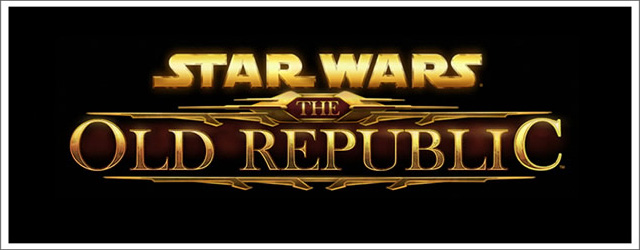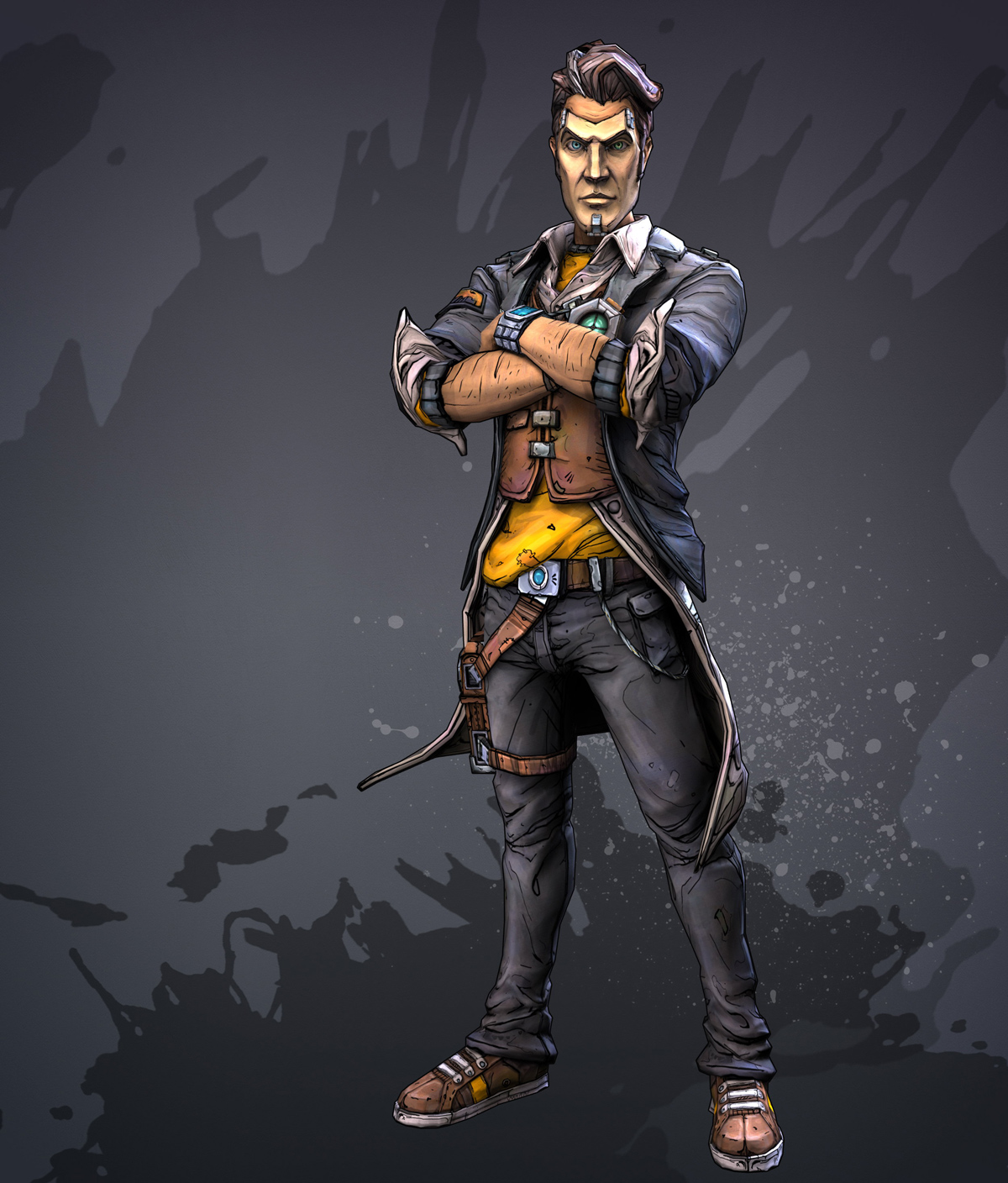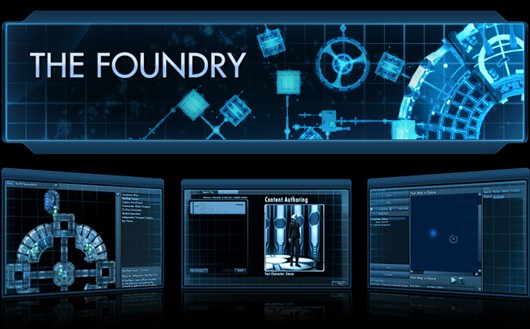It’s no secret that I’ve been putting a lot of time into SWTOR lately. I talked about it a bit last week, and I want to delve into it a bit more. In about two and a half weeks, I’ve done the following:
- Jedi Shadow from 50 to 60
- Commando from 1-38
- Smuggler from 1-15
- Jedi Sage from 1-34
- Sith Warrior from 1-16
- Imperial Agent from 1-51
- Sith Assassin from 1-53
I’ve created a Jedi Knight and Bounty Hunter but haven’t played them yet. Several years on, I feel like SWTOR delivers on one of the promises it made back before it launched: it’s very much now eight KOTOR games in one, and as such it’s a lot of fun. As I’ve mentioned before, I’m enjoying going through the game, seeing the story content, and taking advantage of the vastly increased levelling speed to take the story at a better pace and do only the sidequests I’m interested in, rather than doing everything possible for experience just to keep up in level.
It’s made me a lot more forgiving of a lot of things as well. When I originally played, I was turned off by what felt like tepid storytelling in a few of the classes– when I’m spending hours grinding levels to be able to do that next story mission, I really want that mission to feel like a reward for all of that grinding. Now, the stories feel well-paced for the most part and make sense– there are highs and lows but each piece feels like a part of a story, not a reward for doing unrelated chores. It reframes the experience to be more like a single-player game, so I can enjoy the stories without needing every one of them to be a fantastic ride.
Similarly, the new speed of levelling means I don’t get tired of planets and can actually enjoy the biomes, rather than being forced to explore every nook and cranny just to move on. I actually think I’ve gotten a better feel for what’s going on in some of the planets because I *don’t* have to do all the quests on them, and I’ve been interested in finding out what’s going on even though those quests aren’t as efficient or as high fidelity as the main class stories.
That being said, wow does this game not feel like an MMO anymore. I previously mentioned that I hadn’t interacted with any other player in my entire time playing, and that hasn’t changed. The other people running around the fleet (which is the only time I see other players) might as well be NPCs with broken pathing AI for all they matter to my play experience. In focusing on a high-fidelity story, which I feel the game delivers fairly solidly on, there’s pretty much no reason to do anything with any other players. At this point, a number of my friends have jumped in to play the game and despite us all having characters in the right places and the right roles for it, even when we’re all playing at the same time, no one talks about playing the game *together*. This is incredibly strange for our group, but I think speaks to how strong the shift to single-player has been.
In a lot of ways, it reminds me of Divinity: Original Sin, which I also talked about recently. The story in that game is subsumed by multiplayer– the storytelling creates a tension between the players that’s easily fixed by ignoring it and going out fighting. Even the best storytelling with the best multiplayer mechanics seems to have the problem of you needing to wait while someone finishes reading or finishes a cutscene, which is where that tension comes in. Storytelling in Divinity:OS feels at odds with a good multiplayer experience, and the same is true in SWTOR and the other modern story-forward MMOs that I’ve played.
To me, it speaks of a gap in our collective game design knowledge. We know how to create and deliver excellent multiplayer experiences, both cooperative and competitive, and we know how to deliver fantastic storytelling, but there are precious few games that manage both at once. Honestly, the only game I can think of that successfully delivers story while being a coherent multiplayer experience is Borderlands, which is a game that suffers greatly from having a relatively poor singleplayer experience. We don’t seem to know how to make games that are fun for both one person and groups of people while still telling interesting and compelling stories, and we shortchange one to bolster the others.
To go back to my comments last week about the modern MMO, I think it’s that shortchanging that’s caused post-WoW MMOs to flounder. There hasn’t been a big breakout hit since WoW in the MMO space, and I suspect that there won’t be. MMOs want players who will hang around for months, rather than playing for a few weeks and leaving. You can accomplish this by making it take a very long time to level up and see everything, but as games have sped up their own levelling process to get players to the new content faster, it’s made tolerances for long levelling times drop hugely. It’s possible at this point to have a game where you can reach max level and see every scrap of content within the first month of play and STILL have it feel grindy by comparison.
The goal of players in MMOs has become consumption rather than creation– the game has content that you as the player want to see, and you’re done when you see it all. It’s the single-player game model, but it’s at odds with the idea of a game that you log into regularly for months or years– it’s simply not possible to create content that quickly. The fastest pace I have ever seen or heard of for creating content for an MMO was about four months for an hour of content, start to finish, from nothing to ready to launch. My friends reading this who have worked in the industry are probably cringing at that number and imagining the crunch that would be required to pull that off– it’s not a small amount. That ratio of dev time to playtime should make it clear how impossible it is to keep up.
A few games (notably Cryptic’s games) have tried their hand at player-made content to fill the gap. It’s a neat concept and often beloved, but it adds a ton of overhead to the game and creates a huge signal-to-noise problem; it’s very hard to find the good content amid all the mediocre-to-bad content. I think it also continues barking up the “story content” tree, where it’s trying to keep up with the content consumption rate by throwing more people at it.
I beat the “abolish levels” drum a lot, and part of why is this content consumption problem. When there’s a clear numerical “end” to a given progression bar, it splits players into those who feel like reaching that end means the game is over and those who feel like everything that happens prior to that end is irrelevant compared to the things that occur at that end. It fuels the consumption mindset and fragments players.
There’s a grand plan in there somewhere, finding a way to make an MMO that isn’t hamstrung by its own split foci, but it’s a lot of moving parts. We’re no longer in the era of high-budget experimental ventures, which will make implementing that kind of grand plan very difficult. I think that the promise of games like Pokemon Go is that they represent a push into a new MMO frontier, where there’s space for experimentation. To steal a marketing term, the current MMO market is a Red Ocean space, that’s crowded and hyper-competitive. Pokemon Go represents a push into a Blue Ocean space, where things are mostly uncharted and unknown. Different risks, different results.
It might be what revitalizes the genre.




